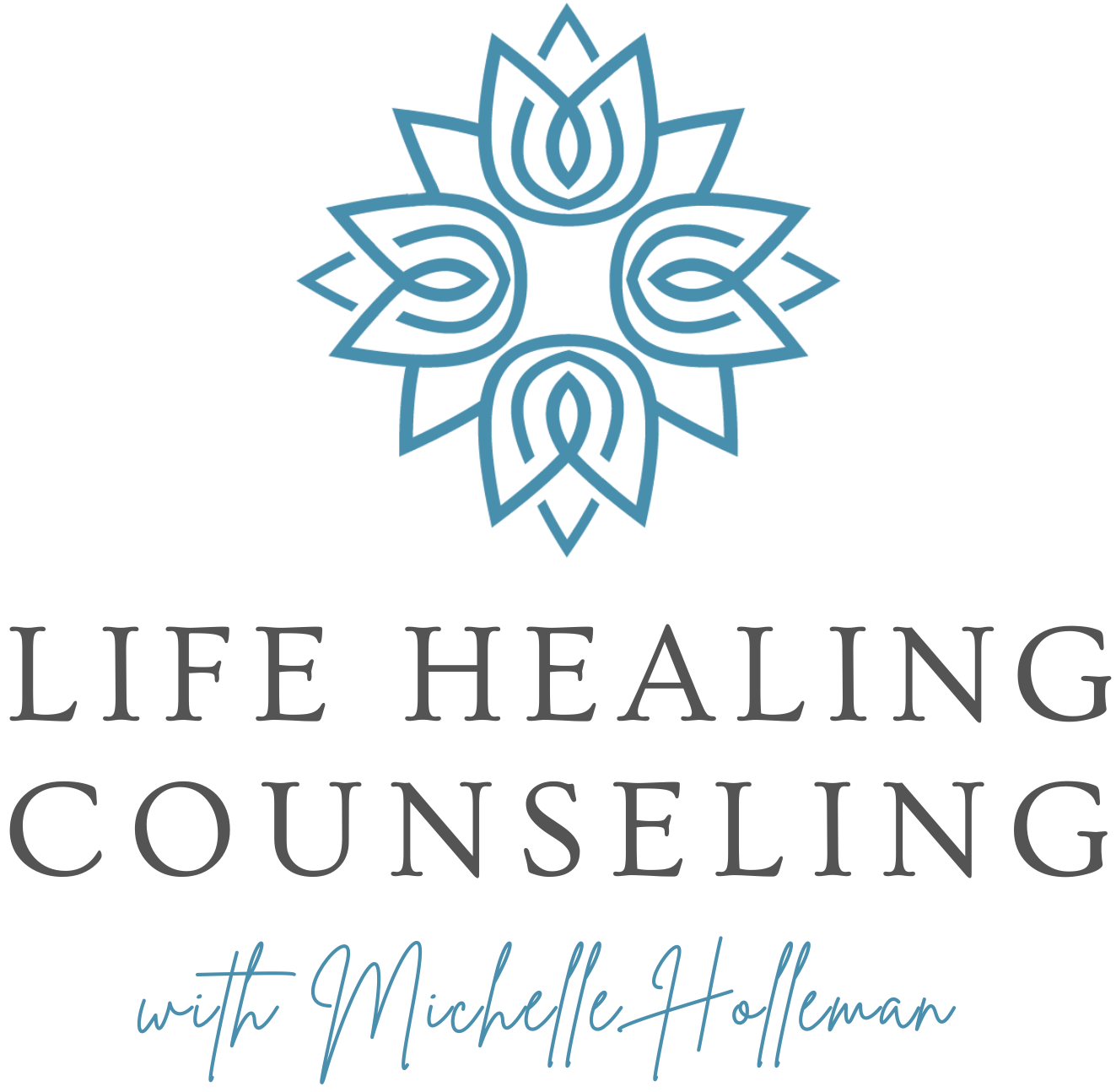Trauma (EMDR)
“I don’t have any trauma.”
This is what most of our clients tell us when we first meet them. There are two types of trauma:
1. “Big T” trauma: Narrowly avoiding death, abuse, war, rape/assault, or surviving natural disasters.
2. “Little t” trauma: Isolation, moving often when young, bullying, being shamed, divorce (yours or you parents) or the death of a pet.
Eye Movement Desensitization and Reprocessing (EMDR) therapy helps the brain reprocess traumatic memories in such a way that normal information processing is resumed.
EMDR was originally established as helpful for PTSD, although it’s been proven useful for treatment in grief, phobias, depression and anxiety, panic attacks, pain disorders, addiction, abuse, and disturbing memories.
Trauma Symptoms
Avoidance Symptoms
- Avoiding specific locations, sights, situations, and sounds that serve as reminders of the event
- Anxiety, depression, numbness, or guilt
Re-experiencing Symptoms
- Intrusive thoughts, nightmares, or flashbacks
Hyperarousal Symptoms
- Anger, irritability, and hypervigilance
- Aggressive, reckless behavior, including self-harm
- Sleep disturbances
Negative Mood and Cognition Symptoms
- Loss of interest in activities that were once considered enjoyable
- Difficulty remembering details of the distressing event
- Change in habits or behavior since the trauma
Click the button below to learn more about EMDR therapy.

